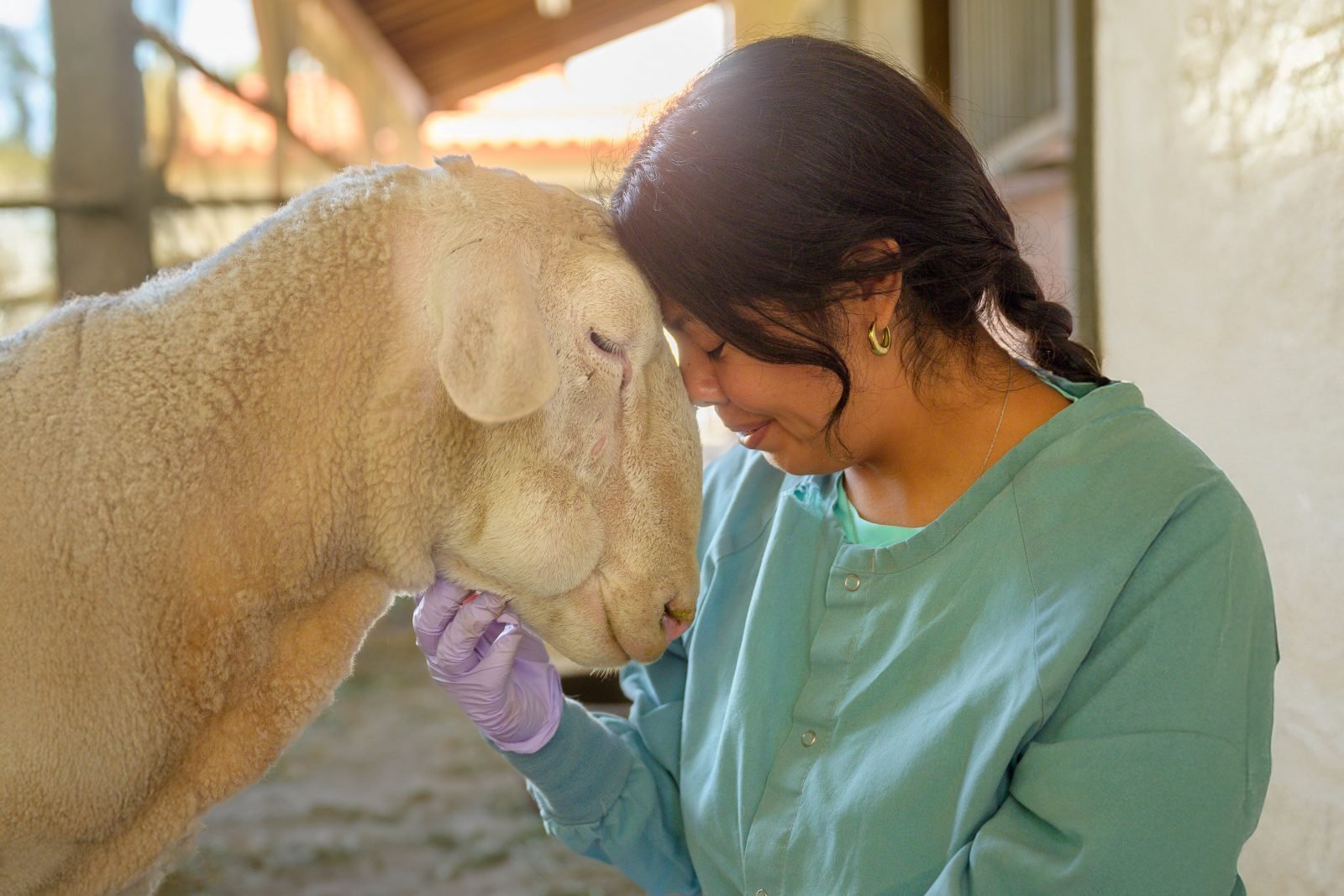Humans have been the guardians of other animals for thousands of years, since wolves were domesticated between 15 and 30 thousand years ago.1 The domestication of farm animals followed, with goats, sheep, cattle, and chickens being domesticated around 10,000 years ago.2 The vast majority of those years were spent with animals living the majority of their lives with relatively high levels of agency, often on pasture.
In the last century, the industrialization of animal agriculture meant that animals were moved indoors into tightly backed barns.3 With the increased emphasis on production and financial gain, power was taken from animals during their lives, their agency was restricted, and animal welfare plummeted.
Years ago, the animal welfare organization In Defense of Animals created Responsible Animal Guardian Month in honor of their late founder Dr. Elloit Katz. Their goal was to change the perception of animals as having “guardians” and not “owners.” During Responsible Animal Guardianship month, we explore this history of human-other animal relationships to emphasize the immense responsibility we have created, as a species, to care for others.
At Farm Sanctuary, we aim to provide environments and care for the hundreds of farm animals residents who call our sanctuaries home, so that they can truly thrive. While providing this care is not easy, it is well worth it. We want to share our experience so that you, too, can be informed and ready if and when you choose to become a responsible animal guardian.








